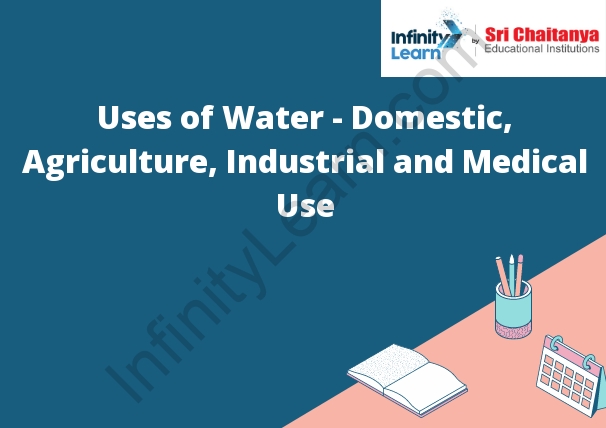Table of Contents
uses-of-water
Water is a chemical compound consisting of two hydrogen atoms covalently bonded to a single oxygen atom. It is a tasteless and odorless liquid at standard temperature and pressure, and it is vital for all known forms of life. In its purest form, it is a colorless, transparent, and odorless liquid.
Water is a transparent liquid at room temperature. It is colorless because the molecules are small enough to scatter short-wavelength light equally in all directions. It is odorless because the molecules do not have any functional groups that could bind odor molecules.
Water is a vital part of all known life. All living cells must have water to survive. Water is used in many biochemical reactions, and it is essential for the transport of nutrients and the removal of waste products.

Characteristics of Water:
Water is a colorless, odorless, and tasteless liquid that is essential to all life. It is the most common substance on Earth, making up about 60% of the human body. It is also the main component of sweat, tears, and blood.
Water is a polar molecule, meaning that the two hydrogen atoms are slightly positively charged and the oxygen atom is slightly negatively charged. This polarity allows water to dissolve many different types of molecules. It is also why water is a good solvent.
Water has a high surface tension because the hydrogen bonds between water molecules are strong. This surface tension allows water to form droplets and bubbles.
Water is a good conductor of electricity because the polar molecules allow electricity to move freely through them.
Water is a liquid at room temperature because the hydrogen bonds between the molecules are weak and can be broken by thermal energy. If the temperature is lowered enough, water will freeze and form solid ice. If the temperature is raised, water will boil and form a gas.
The Hydrologic Cycle of Water
The hydrologic cycle of water is the continuous process by which water is circulated on, above, and below the surface of the Earth. Water is evaporated from the surface of the Earth and forms clouds. The clouds move and release rain or snow, which falls back to the surface of the Earth. Some of the water flows over the surface as runoff, some enters the soil, and some is stored in the groundwater aquifers. The groundwater flows back to the surface and the cycle repeats.
What are the Uses of Water?
Water is used for a variety of purposes, including drinking, sanitation, agriculture, manufacturing, and power generation. It is also used as a coolant for thermal power plants and nuclear reactors.






